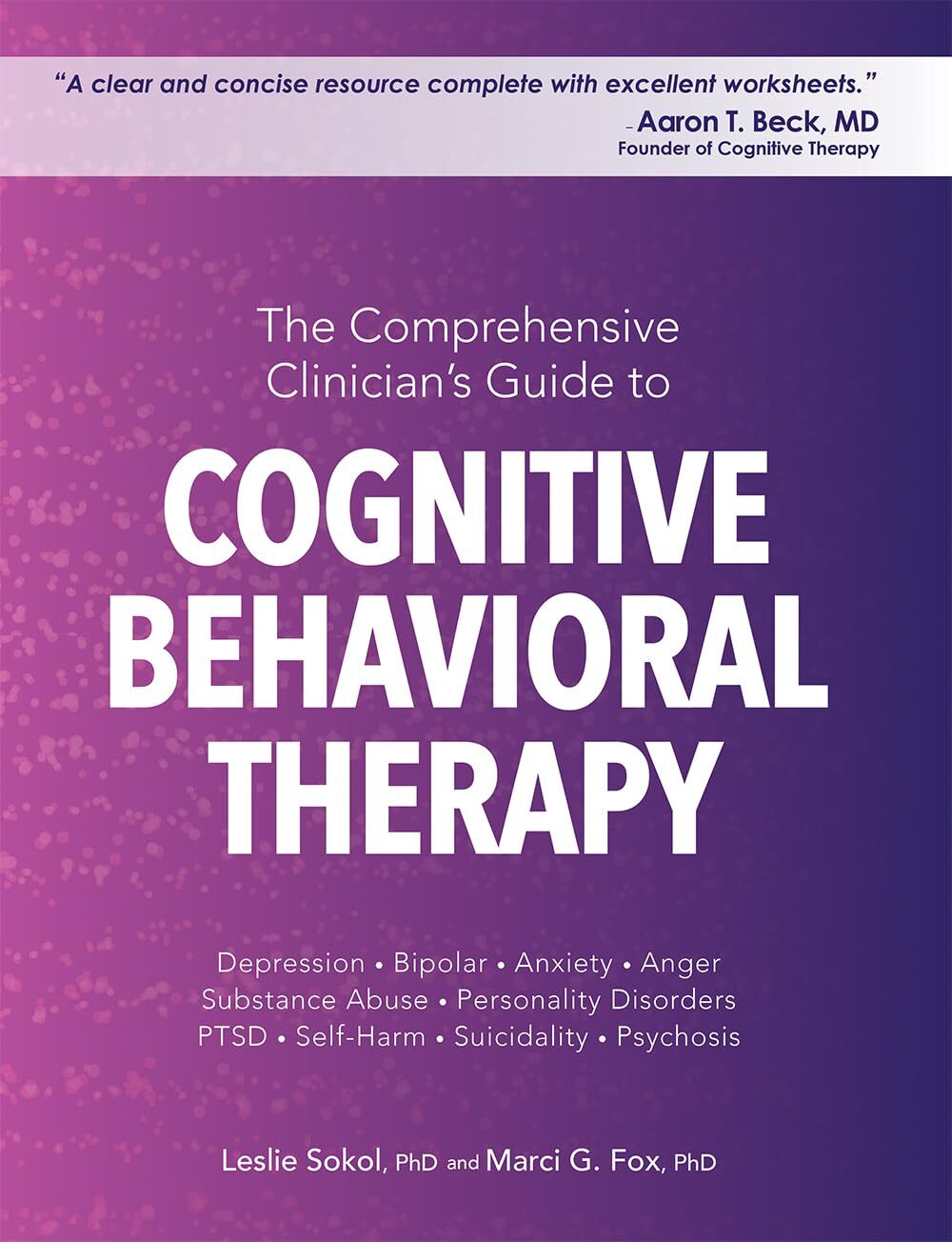Cognitive Behavior Therapy (CBT)
Reframe Thoughts to Support Healthier Outcomes

Introduction
Cognitive Behavior Therapy (CBT) is a structured, evidence-based approach that helps cancer survivors identify and modify negative thought patterns and behaviors to improve emotional well-being. By addressing distorted thinking related to cancer and recovery, CBT fosters resilience and coping skills across all stages of recovery.
What You Need To Know
How To Do It
Instructions:
1. Prepare Your Tools
Use a notebook, form, or digital app to record thoughts and perform exercises. Find a quiet space and allocate 10–15 minutes.
- All-or-Nothing Thinking: Seeing things in black-and-white terms, with no middle ground (e.g., “If I’m tired today, I’ll never recover fully.”).
- Overgeneralization: Drawing broad conclusions from a single event (e.g., “One bad day means my recovery is failing.”).
- Mental Filter: Focusing only on negative details while ignoring positives (e.g., “I only notice my fatigue, not my progress.”).
- Discounting the Positive: Dismissing positive experiences as unimportant (e.g., “Feeling better today doesn’t count; it won’t last.”).
- Jumping to Conclusions: Assuming negative outcomes without evidence, via: a) Mind Reading: Believing others think negatively of you (e.g., “My doctor thinks I’m not trying hard enough.”) or b) Fortune Telling: Predicting negative outcomes (e.g., “My cancer will definitely return.”).
- Magnification or Minimization: Exaggerating negatives or downplaying positives (e.g., “This side effect is unbearable, but my strength is nothing.”).
- Emotional Reasoning: Believing feelings reflect reality (e.g., “I feel hopeless, so my situation is hopeless.”).
- Should Statements: Imposing rigid expectations on yourself or others (e.g., “I should be stronger by now.”).
- Labeling: Assigning negative labels to yourself or others (e.g., “I’m a failure because I’m still in treatment.”).
- Personalization: Taking responsibility for things outside your control (e.g., “My family’s stress is my fault because I’m sick.”).
- Track outcomes in your notebook.
- Review and reflect on your past CBT writings to identify negative thought patterns.
- Adjust strategies based on the rational changes you’ve made to address negative thoughts.
Helpful Tips:
- Start small: Focus on one thought per session, as Dr. Burns advises for beginners.
- Use prompts: Ask, “Is this thought 100% true?”.
- Stay consistent: Practice at each occurence of a negative thought for lasting benefits.
- Combine with mindfulness: Pair with meditation to enhance awareness.
- Track emotions: Note mood shifts.
- Seek professional support: Consult a therapist for guided CBT.
- Adapt for recovery: Adjust your focus to align with your recovery process.
- Celebrate progress: Acknowledge small cognitive shifts.
- Be patient: Changing thought patterns takes practice.
Disclaimer: The information on Survivor Site is for general informational purposes only and is not a substitute for professional advice, diagnosis, or treatment. Always consult a qualified healthcare provider before starting any medical, psychological, or wellness practices.
Related Topics:
Strongly Related
Reduce Stress:
[Links to related web pages]
[Links to related web pages]
[Links to related web pages][Links to related web pages]
Moderately Related
Issue B:
[Links to related web pages]
[Links to related web pages]












